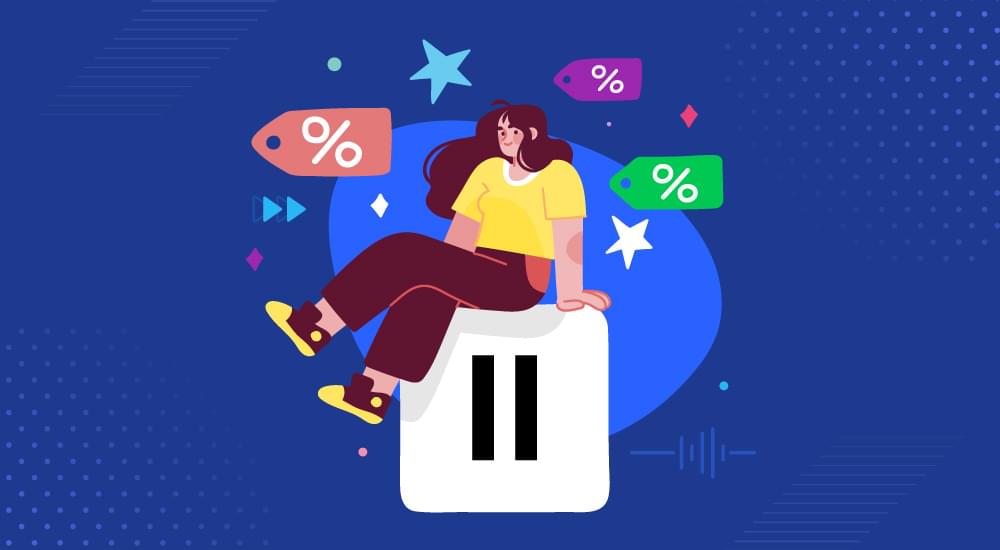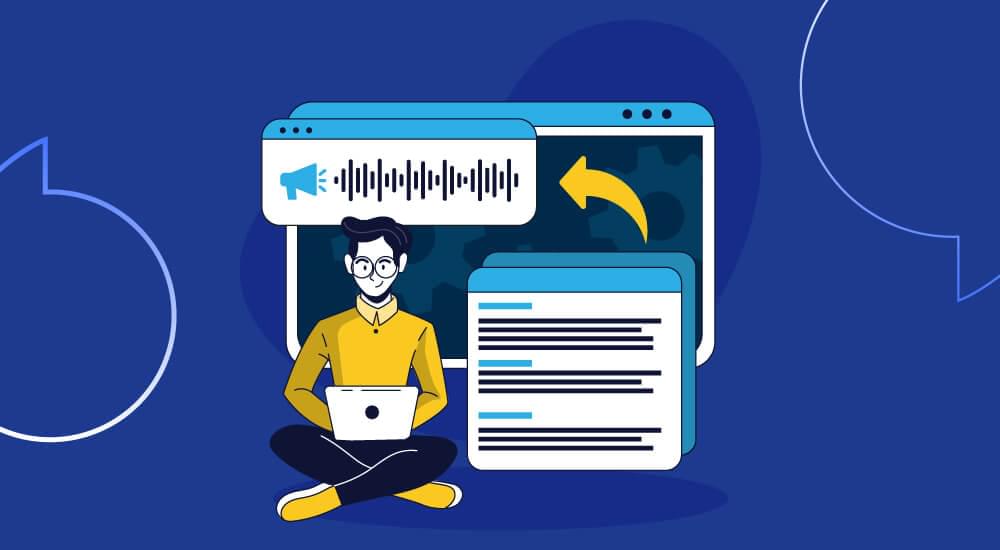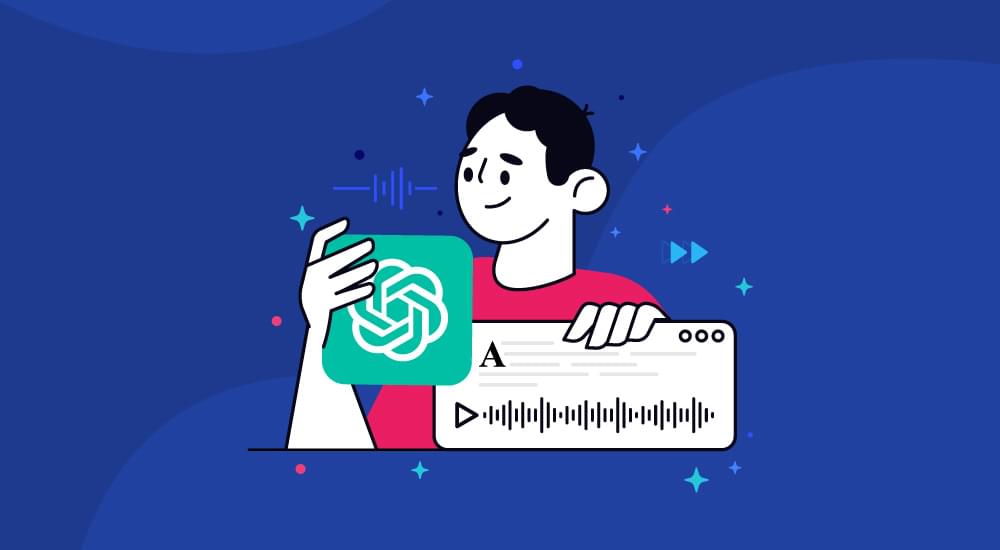text to speech tutorials
Can Text-to-Speech help students with dyslexia and other reading disabilities?
Text-to-speech has become an invaluable tool in classrooms, helping students learn their subjects with greater ease and lesser effort, making it highly popular. According to research conducted by Universal Design for Learning (UDL) and Wise, Ring and Olson (2000) it has been found that the visual or auditory representation of text has led to a higher level of comprehension and interest in the subjects that are being taught.
Furthermore, modern text-to-speech technologies provide the options of decoding, which helps the learner understand the meaning of the lines rather than focusing on the act of reading, making the entire process a wholesome and enriching experience. This facility also helps encourage comprehension of dialogue, facilitates writing and helps in understanding complex concepts.

As the name goes, text-to-speech is basically a technology which renders written text into a simulated voice, which enables written text to be delivered to the audience in a vocal manner. With its inception back in the 1970’s-80’s, text-to-speech has come a long way from the primitive DECTalk version to the more compact and better engineered versions that are available today. Recent text-to-speech programs have a better synthesized and natural sounding voice than the older versions and all of this has been made possible with the help of the work of many adept linguistics and engineers.
How text-to-speech helps people with dyslexia or reading disabilities?
People with dyslexia or reading disabilities face a huge problem when it comes to deciphering text. The letters might not make sense to them and hence stay unknown to such people. Text-to-speech empowers them by allowing these texts to be converted into an auditory format, something that is easier for such afflicted people to understand and make sense of.
According to Dr. Michelann Parr, of the Schulich School of Education at Nipissing University, text-to-speech is a huge bonus for people with problems in decoding and reading text. This technology helps boost their self esteem and confidence by allowing them to understand those very things that they have previously had a problem understanding.

People with learning disabilities might face frustration when faced with the huge challenge of comprehending text and making sense of the content and thereby might shun away from written text. This in turn hampers their development and knowledge processing skills. Text-to-speech comes in the form of a boon to such people as it creates the opportunity for such challenged individuals to deal with life the same way everybody does.
Text-to-speech has created a whirlpool of change in the lives of people who have a reading disorder and is a trustworthy technology that has done more good than bad. It is wise to call this innovation a true gem for human kind, and it is also wise to consider it being relevant for a considerable amount of time owing to its high degree of utility.
With innovative advances in the field of technology, everyday lives of people are improving for the better. Things which were otherwise a distant dream are being made more accessible, and the world is becoming an easier place to live in. Even people, who are suffering from disabilities and find that the world is a challenging place to live in for them, are finding technology to be the savior that they had always needed. One such technology making the lives of people with handicaps, such as learning disabilities or dyslexia, an easier experience, is text-to-speech.
Is your website designed for accessibility and people with reading problems?
Add voice to your website so that your audience can tune in to your content while working, commuting, exercising, having their eyes and hands busy. Find out how your blog or website can increase user engagement, improve accessibility and grow your subscribers. Add WebsiteVoice for free.









